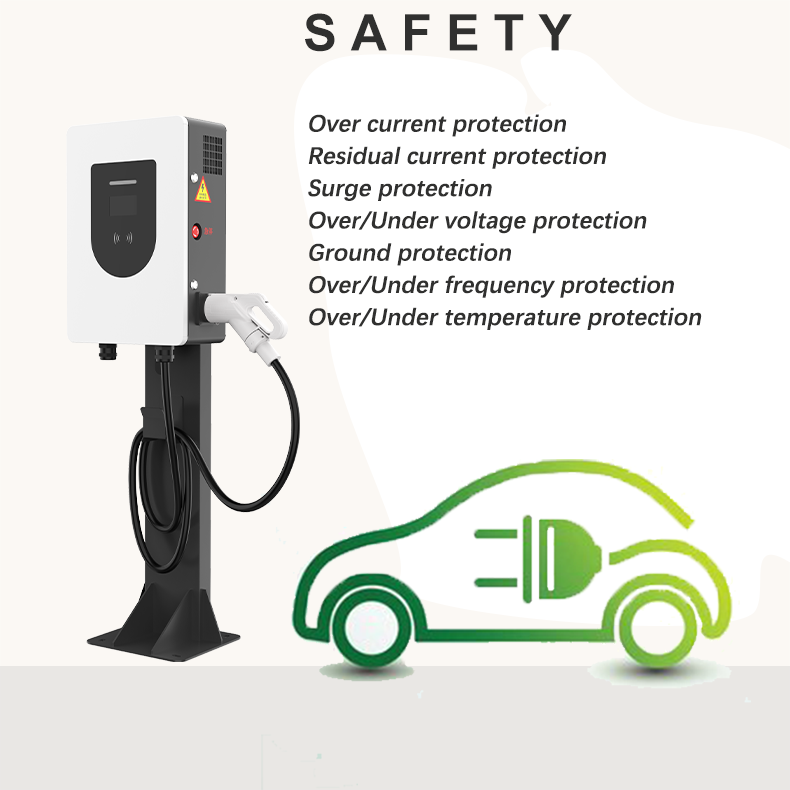EVCOME EV charging stations for better life---Top EV charging stations manufacturers & suppliers in China.
EVCOME EV charging stations for better life---Top EV charging stations manufacturers & suppliers in China.
According to different charging technologies, charging stations can be divided into four categories: DC charging, AC charging, wireless charging, and battery replacement.
1.1. AC charging, also known as slow charging, has mature technology, simple structure, easy installation, and low cost. It adopts conventional voltage, low charging power, and slow charging, and is mostly installed in residential parking lots.
1.2. DC charging, also known as fast charging, has a more complex technology and equipment compared to AC charging piles, resulting in higher manufacturing and installation costs. It adopts high voltage, high charging power, and fast charging, making it more suitable for scenarios with high charging duration requirements, such as taxis, buses, etc. It is generally installed in centralized charging stations.
1.3. Battery replacement, also known as battery swapping mode, refers to the centralized storage, charging, and distribution of a large number of batteries through a centralized charging station, and the provision of battery replacement services for electric vehicles within the battery distribution station, or the integration of battery charging, logistics allocation, and battery swapping services. The battery swapping mode has certain advantages in reducing car purchase costs, eliminating mileage anxiety, and improving safety levels. However, due to the diversity of battery models and different methods of power exchange, there are still issues such as technical standards, tax policies, and management regulations for the construction of power exchange stations. At present, this model is mainly applicable to commercial vehicles and has not been significantly promoted. Domestic car companies that have switched to tram models mainly include NIO, BAIC, SAIC, Chang'an, Geely, and others.
1.4. Wireless charging includes electromagnetic induction, radio wave, and magnetic resonance. Due to immature technical specifications and business models, and unclear application scenarios, it is currently in the exploratory application stage

Founded in 2016, Creative amperex is a high-tech company specializing in the research and development of new energy transportation equipment such as automobiles, ships, airplanes, and special operation vehicle charging products, as well as intelligent manufacturing. We have established a research and development center and production base in Guangzhou, which has passed the Ts16949 system certification, and multiple products have obtained international standard certifications such as TUVCE and SGS...,